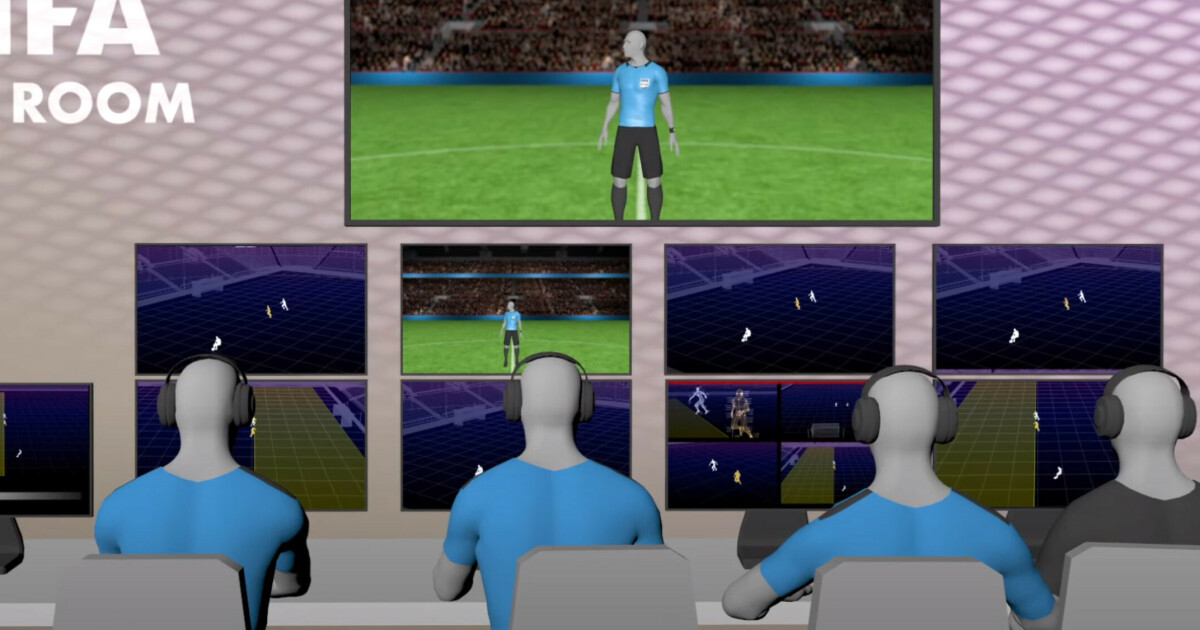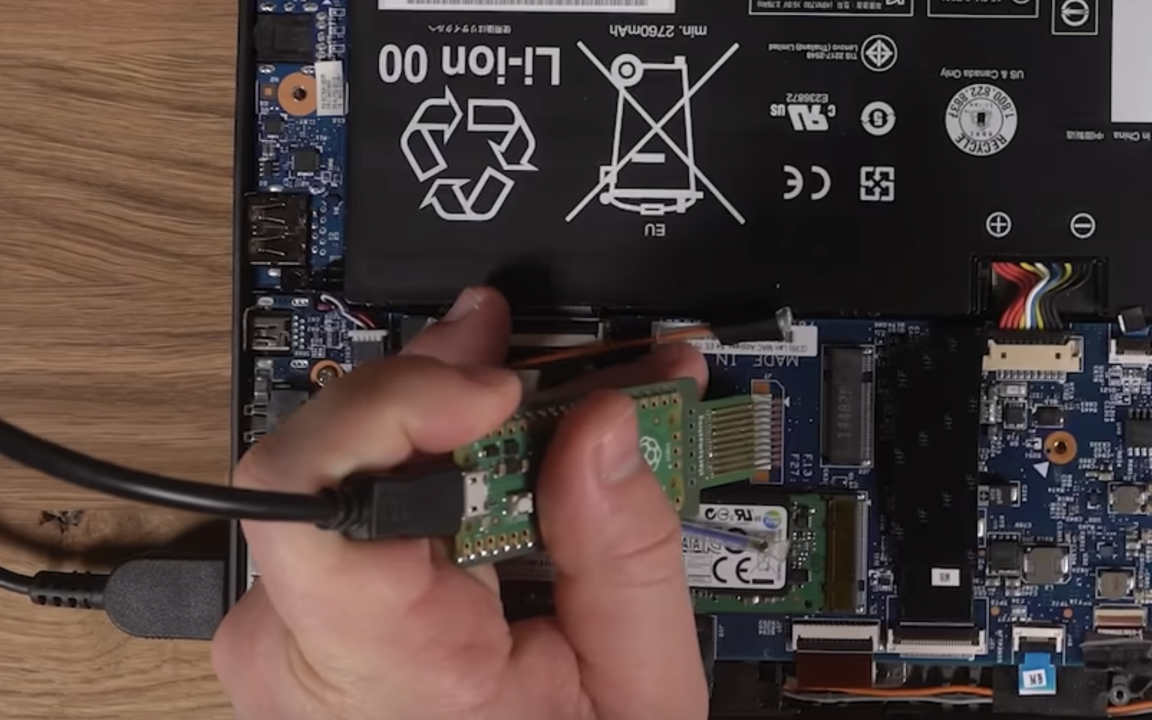It should be easy to understand what the cable can do.
In the future, end users like you and me won’t have to deal with words like “super speed” and version number when searching for a new USB cable. New, simplified logos will show how much data and power the cable can transmit, while all “buzz” words, such as higher version numbers and “super speed”, will be removed.
The decision comes from the organization that runs the USB standard – the USB Implementers Forum (USB-IF) – in an effort to clean up the clutter of standards, logos, and terminology that different players can use.
Traditionally, they often ended up spoiling it more for themselves. Like when, just under a month ago, they announced that the next version of USB4, which doubles the maximum bandwidth from 40 to 80 Gbit/s, will not be called USB 5. No, it will be known as USB4 version 2.0.
Read also
But now USB-IF comes with some good news: in the future, end users won’t have to worry about this.
Instead, the intent now is for the logos to be able to speak for themselves – in terms of performance and chargeability. If you need a device that should be able to transfer data quickly, you can search for the brand that meets your requirements.
Incidentally, we expect that we will also soon have the “80Gbps” tagline before the end of the year, as the new standard that doubles the speed is expected to be finalized sometime in November. Please also note that the standard will still be called USB4 version 2.0 – but the idea with USB-IF is that this headache can be reserved for different manufacturers and kept away from end customers.
For USB cables, there will be a label showing how much bandwidth is involved and how many watts are approved. It’s far from as simple and elegant as Intel did with Thunderbolt 4, but at least it’s better than “USB4 v2.0 40Gbps”
USB chargers that deliver 60 and 240 watts should also be named correctly.
This tag with captions looks nice, but there’s still one small problem – it’s not necessarily required.
Strictly speaking, USB is an open standard that “everyone” can use. Yes, many manufacturers get their products USB-IF certified so they can use these logos with their products. But there are also some who don’t see the need, and we’ve all probably come across some USB cables of somewhat questionable quality.
So you are unlikely to believe that all future USB devices will be labeled correctly, if they are labeled at all. But we can get our fingers crossed that it will help a little.
Read also

“Web specialist. Lifelong zombie maven. Coffee ninja. Hipster-friendly analyst.”





